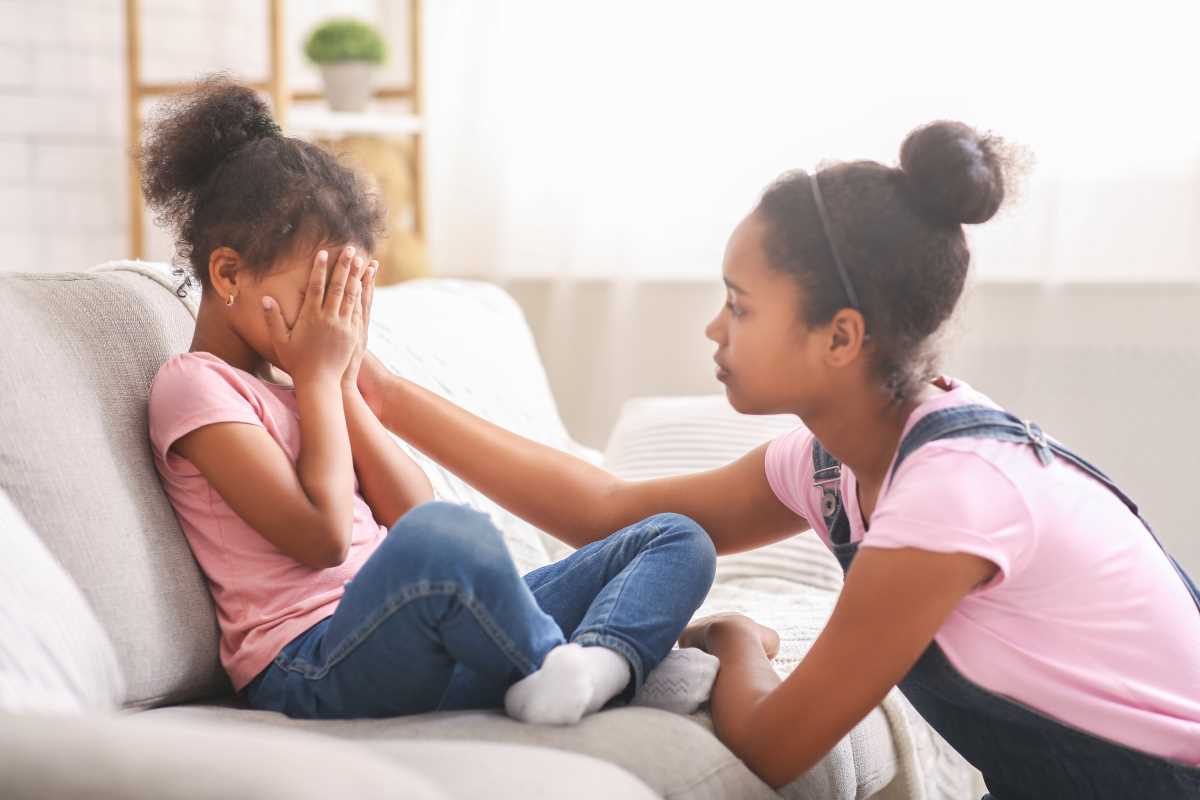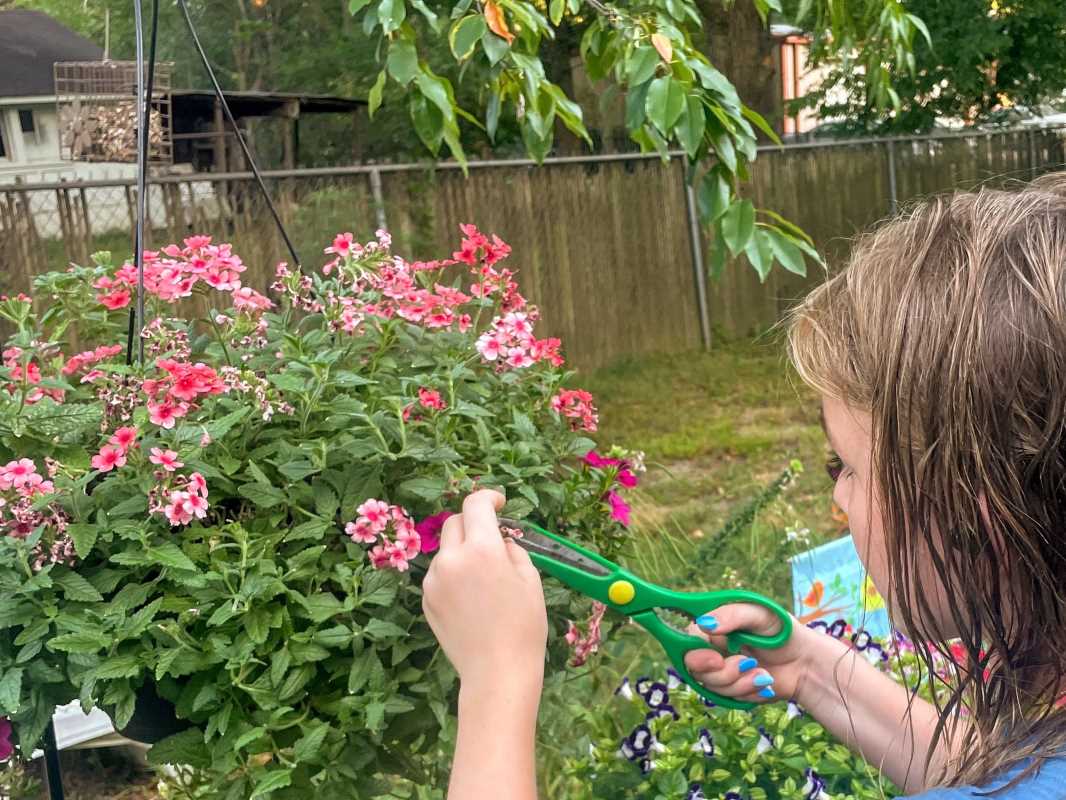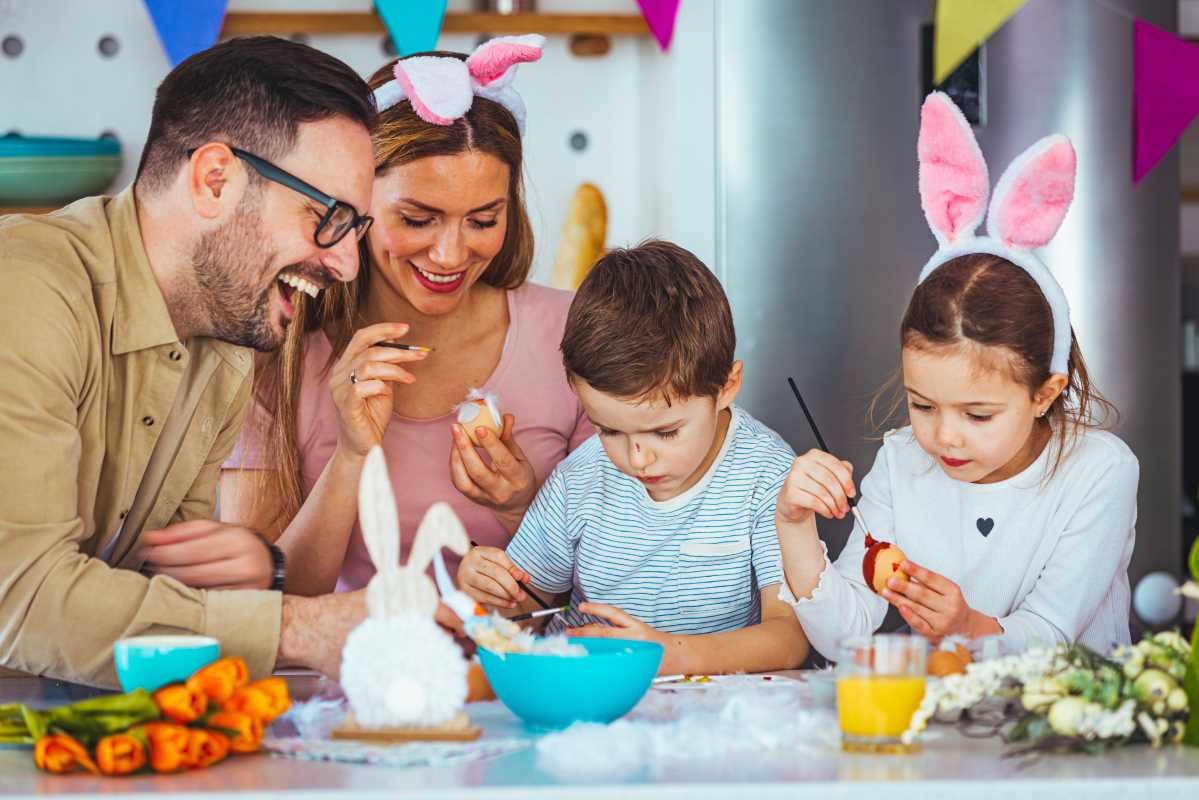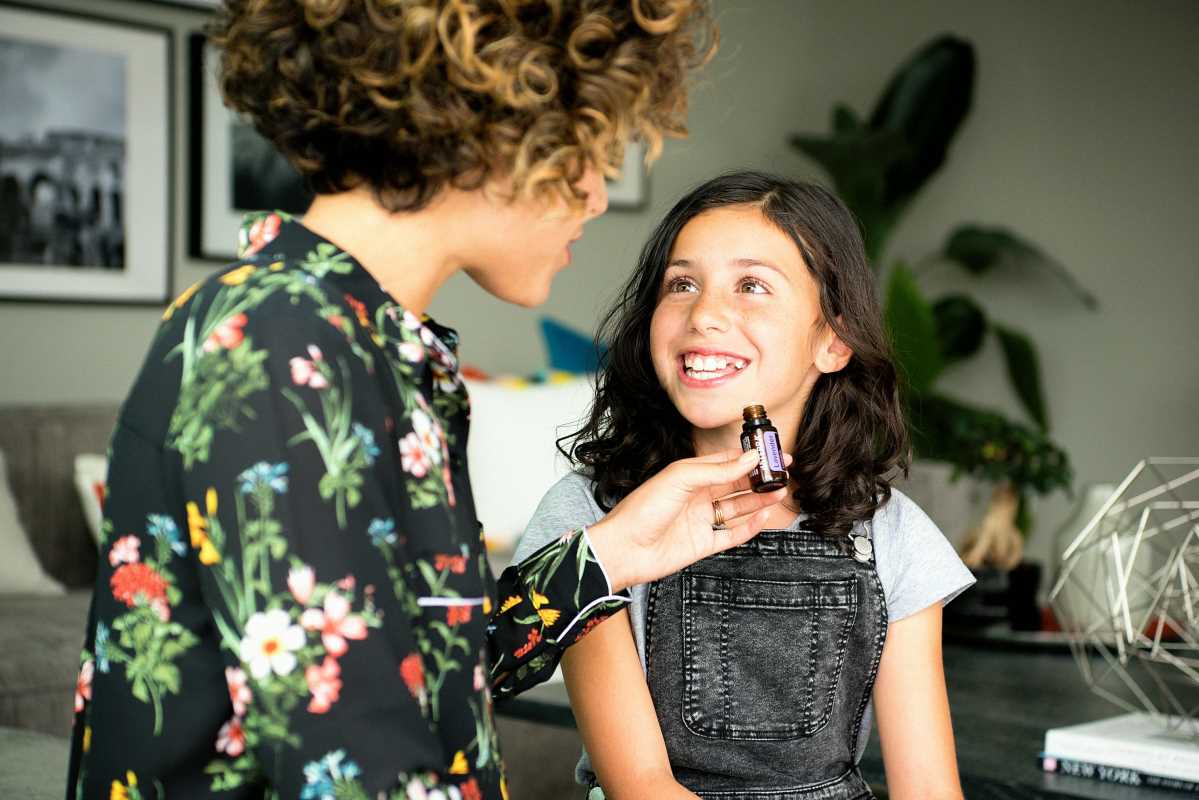The rich tapestry of cultural diversity is a significant aspect of our global society and teaching children the value of embracing and celebrating these differences is crucial in fostering inclusivity and tolerance. By instilling a sense of appreciation for various cultures from a young age, we can help shape a future generation that respects and values diversity.
Understanding Cultural Differences
One of the best ways to introduce kids to various cultures is through food, music, art, and stories. You can make it fun by having “international nights” at home, where you cook traditional dishes from different countries. Think of making tacos for Mexico, sushi for Japan, or curry for India. Not only do they get to enjoy some delicious food, but they also learn about the ingredients and cooking methods that make each culture unique. Plus, they might even discover a new favorite dish along the way!
Promoting Empathy and Compassion
Empathy is key in understanding and appreciating cultural diversity. Kids can develop this skill by engaging with stories or movies featuring characters from different backgrounds. Reading books that showcase diverse experiences or watching films that tell authentic stories can open their eyes to how others live and feel. This way, they can start putting themselves in someone else's shoes and understand different perspectives.
Encouraging Curiosity and Exploration
Curiosity is a natural part of being a kid, so let’s nurture it! Encourage your children to ask questions about cultures they aren’t familiar with. Visit local cultural festivals or museums, and dive into classes for different languages together. These hands-on experiences can really spark their interest and inspire them to learn more about the world. They might even come home with some fun facts or stories to share!
Challenging Stereotypes and Biases
Kids pick up stereotypes and biases from various places, so it’s important to help them challenge these ideas. Talk openly about stereotypes when they arise, whether in media or everyday conversations. Highlight positive contributions from different cultures to counteract those negative stereotypes. It’s all about fostering an open-minded attitude and showing that there’s more to every culture than what might be commonly portrayed.
Promoting Social Justice and Equality
Talking about social justice and equality can seem like a heavy topic, but it’s super important. Kids should learn about historical events and movements that have shaped our world. Discussing civil rights, cultural traditions, and the impact of discrimination can empower them to understand the value of equality and fairness. When children recognize these issues, they’re more likely to stand up against injustice when they see it in their own lives.
Celebrating Diversity in Everyday Life
You can also celebrate diversity in your everyday life. Create a “culture corner” at home with books, artifacts, or art from different cultures. This can be a fun, visual reminder of the diversity in the world. Additionally, invite friends or family from various backgrounds for a potluck dinner. Sharing stories and experiences over a meal can deepen connections and appreciation for different cultures.
Engaging in Community Service
Another fantastic way to teach kids about cultural diversity is through community service. Participate in local projects that support diverse communities. This hands-on involvement can give children a chance to learn about various cultures while making a positive impact. They’ll not only gain perspective but also develop a sense of responsibility and empathy toward others.
Using Technology Wisely
In this digital age, technology can also be a powerful tool for exploring cultural diversity. Kids can watch documentaries, listen to podcasts, or play educational games focused on different cultures. Make it a family activity where you can discuss what you learned together, turning screen time into an opportunity for growth and understanding.
Fostering Open Dialogue
Lastly, keep the conversation going. Encourage your kids to share their thoughts and feelings about what they learn. Create an environment where they feel safe expressing their opinions, and be ready to share your own experiences with cultural diversity. This ongoing dialogue helps reinforce the values of empathy, respect, and understanding.
By equipping our kids with the tools to appreciate and respect cultural differences, we’re setting the stage for a brighter, more inclusive future. Through these fun and engaging activities, we can empower them to be global citizens who value diversity and contribute to a more harmonious society.
 (Image via
(Image via





